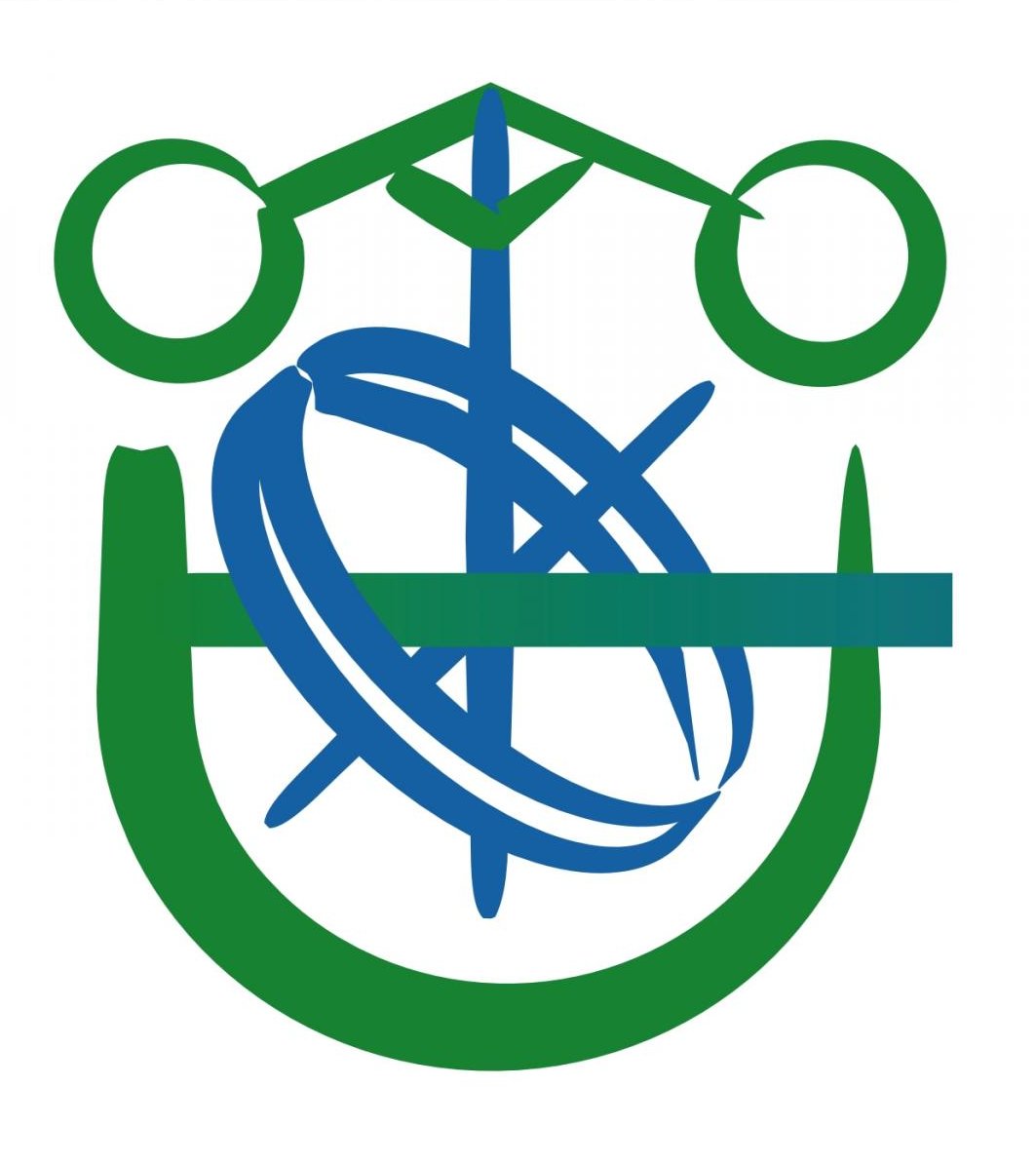Predicting patient survival after liver transplantation using evolutionary multi-objective artificial neural networks
Hits: 8371
- Research areas:
- Year:
- 2013
- Type of Publication:
- Article
- Keywords:
- Making decisions rule-based, Multi-objective evolutionary algorithm, Radial basis function neural networks, Liver transplantation, Organ allocations
- Authors:
-
- Cruz-Ramírez, Manuel
- Hervás-Martínez, César
- Fernández, Juan Carlos
- Briceño, Javier
- de la Mata, Manuel
- Journal:
- Artificial Intelligence in Medicine
- Volume:
- 58
- Number:
- 1
- Pages:
- 37-49
- Month:
- May
- ISSN:
- 0933-3657
- Note:
- JCR (2013): 1.356 Position: 57/121 (Q2) Category: COMPUTER SCIENCE, ARTIFICIAL INTELLIGENCE
- Abstract:
- Objective: The optimal allocation of organs in liver transplantation is a problem that can be resolved using machine-learning techniques. Classical methods of allocation included the assignment of an organ to the first patient on the waiting list without taking into account the characteristics of the donor and/or recipient. In this study, characteristics of the donor, recipient and transplant organ were used to determine graft survival. We utilised a dataset of liver transplants collected by eleven Spanish hospitals that provides data on the survival of patients three months after their operations. Methods and material: To address the problem of organ allocation, the memetic Pareto evolutionary non-dominated sorting genetic algorithm 2 (MPENSGA2 algorithm), a multi-objective evolutionary algorithm, was used to train radial basis function neural networks, where accuracy was the measure used to evaluate model performance, along with the minimum sensitivity measurement. The neural network models obtained from the Pareto fronts were used to develop a rule-based system. This system will help medical experts allocate organs. Results: The models obtained with the MPENSGA2 algorithm generally yielded competitive results for all performance metrics considered in this work, namely the correct classification rate (C), minimum sensitivity (MS), area under the receiver operating characteristic curve (AUC), root mean squared error (RMSE) and Cohen’s kappa (Kappa). In general, the multi-objective evolutionary algorithm demonstrated a better performance than the mono-objective algorithm, especially with regard to the MS extreme of the Pareto front, which yielded the best values of MS (48.98) and AUC (0.5659). The rule-based system efficiently complements the current allocation system (model for end-stage liver disease, MELD) based on the principles of efficiency and equity. This complementary effect occurred in 55% of the cases used in the simulation. The proposed rule-based system minimises the prediction probability error produced by two sets of models (one of them formed by models guided by one of the objectives (entropy) and the other composed of models guided by the other objective (MS)), such that it maximises the probability of success in liver transplants, with success based on graft survival three months post-transplant. Conclusion: The proposed rule-based system is objective, because it does not involve medical experts (the expert’s decision may be biased by several factors, such as his/her state of mind or familiarity with the patient). This system is a useful tool that aids medical experts in the allocation of organs; however, the final allocation decision must be made by an expert.
- Comments:
- JCR (2013): 1.356 Position: 57/121 (Q2) Category: COMPUTER SCIENCE, ARTIFICIAL INTELLIGENCE







